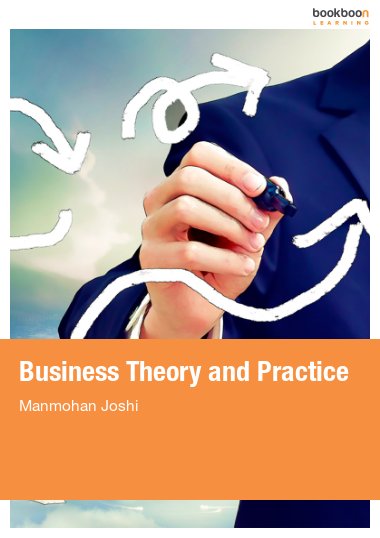Starting a new business or running an existing one in modern times entails a serious thought. The first matter to be decided when considering the establishment of a new business or running an existing one is its objectives: what it is going to do, and what it is hoped the business will achieve. Once the objectives are clear, basic policies can be laid down to decide how those objectives will be achieved. To this end, full investigation and research need to be undertaken before a final decision is reached. This book is an attempt to outline the basic principles of organizing a business unit and provides an insight into the various practical aspects of managing a modern business organization. Entrepreneurs as well students of business management will find it a source of practical ideas.


